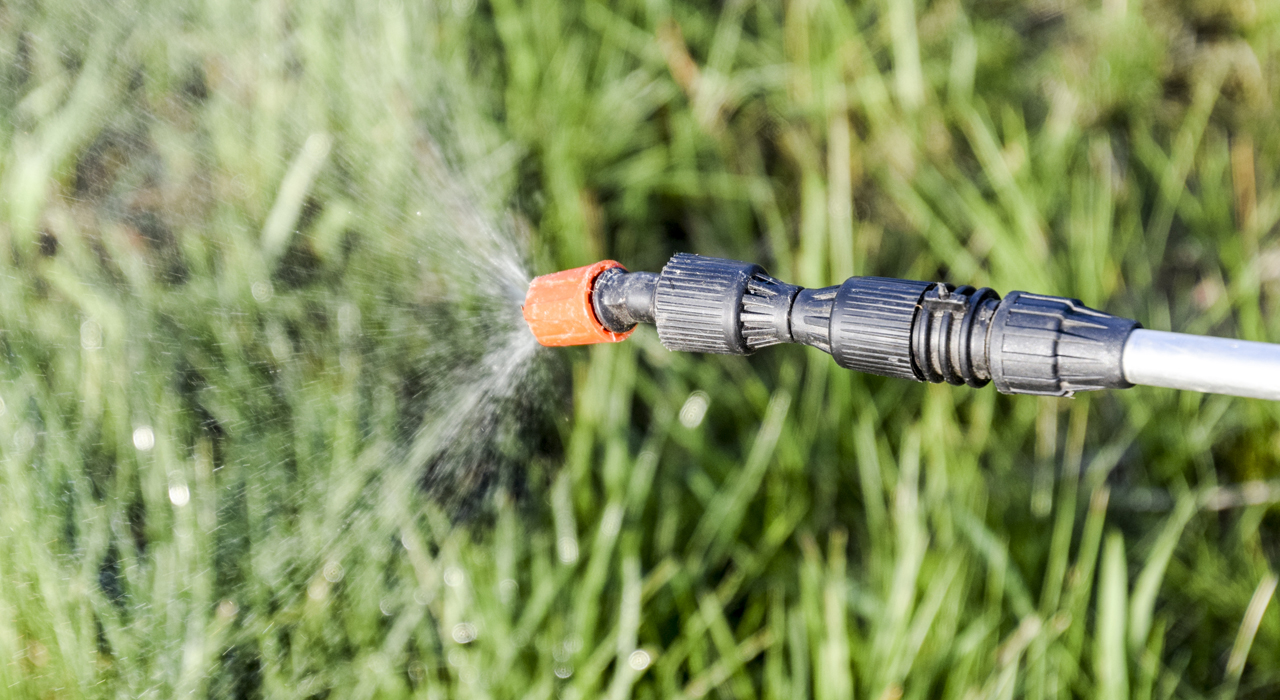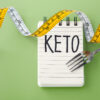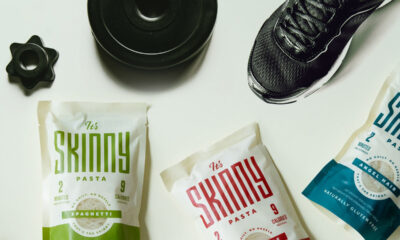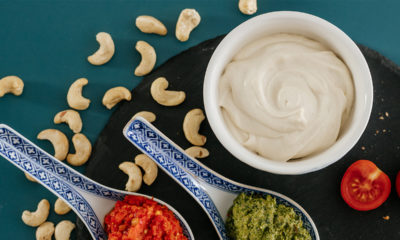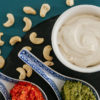Nutrition
What you need to know about glyphosate (the active ingredient in Round Up) in your food
Most likely you’ve been unknowingly consuming questionable levels of glyphosate. As more research and lawsuits are proving, it’s beyond problematic. It’s causing cancer, hormone disruption, and it’s staying not just in our body but in our soil, water, and air.
We in America do have extra cause for worry because our FDA and EPA have set a standard for what they deem as safe for consumption 7,000 times higher than Europe! The level of glyphosate in drinking water considered safe has now been shown to be enough to be an endocrine disrupter. In recent news, we see more and more court cases where people have been able to prove that the cancer killing them is directly related to exposure to this herbicide. These victims are winning their cases.
If you’re not a farmer who works directly with glyphosate, you may question if you should worry about your exposure. But since it is so present in most all the GMO food we eat, it’s important to understand that this harmful chemical is bioaccumulative. This is staying in your body, disrupting gut and organ health. If you understand that toxicity and disease is based on ACCUMULATION and BUILD-UP then you should be trying to eliminate even the smallest exposure to pesticides.
Large corporations (namely Monsanto) are adamantly defending the claimed safety of glyphosate, yet the World Health Organization has stated this chemical is “probably carcinogenic” ( cancer causing).
You should know that the most prolific foods you’re consuming that are sprayed with glyphosate are oats, wheat, and beans. And recent news coverage has been over children’s breakfast cereals.
Glyphosate is used to kill the actual crop so that it can be dried out and harvested sooner than if it were left to die naturally. The initial purpose of glyphosate when it was created was as an industrial cleaner for boilers and pipes, as it grabs metals and mineral and pulls them out. It was later found to kill any plants it landed on.
The Environmental Working Group states that any product or food with over 160 parts per billion is dangerous for an adult. But those at the highest risk are children and unborn babies as their exposure comes at such a higher amount compared to body mass. It’s so important that you’re reaching not only for organic oats, wheat, and beans, but making sure that those organic products are still tested and proven to have minimal amounts of glyphosate if none at all. Unfortunately even organic brands such as Bob’s Red Mill have had class action lawsuits recently for the levels of glyphosate in their oats.
Making small switches in your everyday consumption can help with your overall intake. For example, rather than reaching for Quaker Old Fashioned Oats, which has shown to have 930 ppb, try brands such as One Degree Organic oats which have zero.


